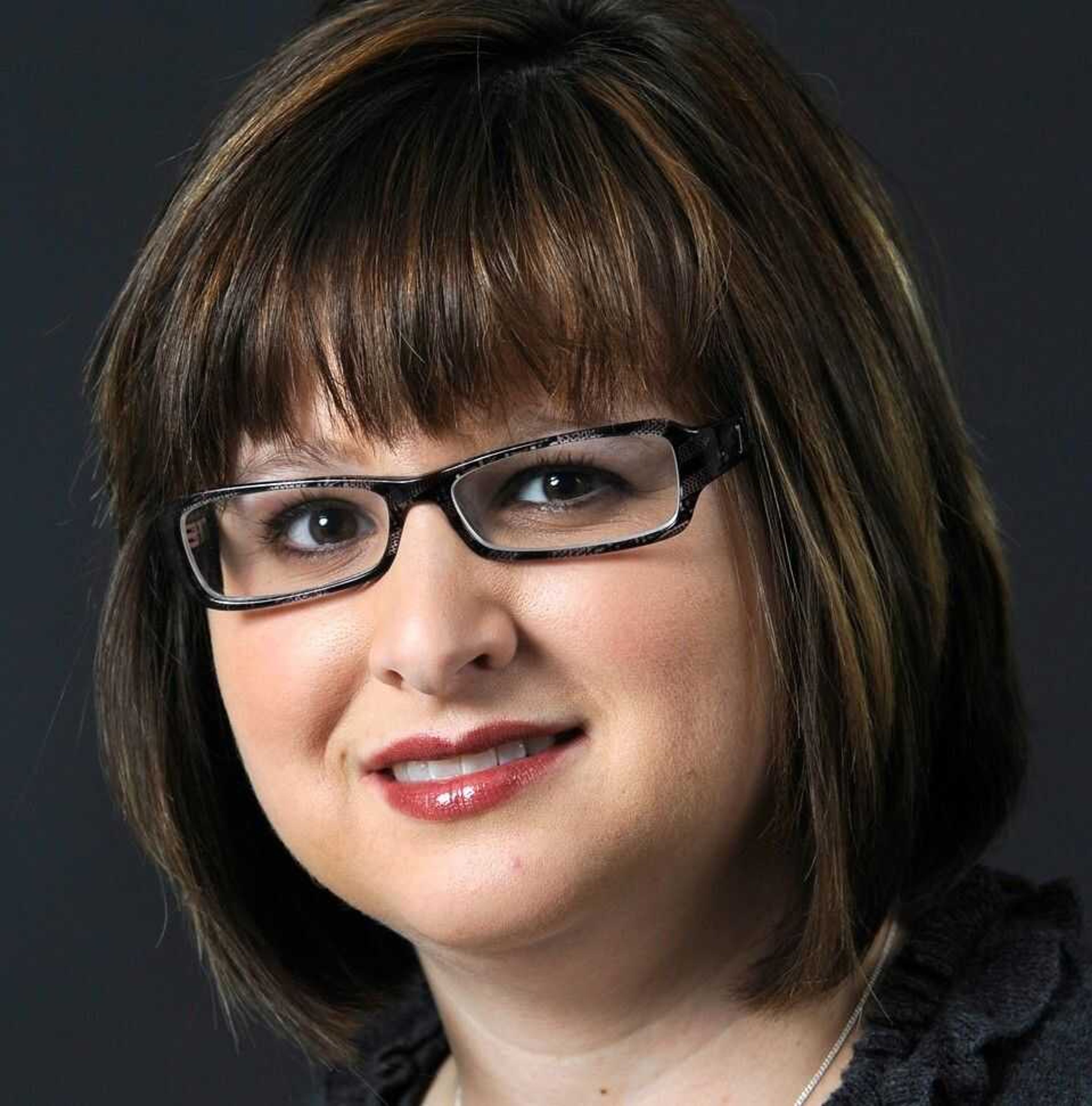Banking report: A look at the Missouri Division of Finance's Annual Report, with input from local bankers
Last year was a challenging time for banks across Missouri, according to a new statewide report. During 2010, assets, deposits and loans at Missouri banks all decreased from the previous year. A new report issued in April by the Missouri Department of Insurance, Financial Institutions and Professional Registration details the state's banking industry...
Last year was a challenging time for banks across Missouri, according to a new statewide report. During 2010, assets, deposits and loans at Missouri banks all decreased from the previous year. A new report issued in April by the Missouri Department of Insurance, Financial Institutions and Professional Registration details the state's banking industry.
Bank assets fell from $80.4 billion in 2009 to $71.5 billion last year; deposits dropped from $65.6 billion to $59.6 billion; and loans decreased from $53.9 billion to $47 billion. One explanation for the decrease in deposits is low interest rates.
"Depositors have been looking for alternative investments, which would include buying income-producing property; purchasing investments such as mutual funds, annuities, stocks and bonds," said Kevin Greaser, community bank president at Alliance Bank in Cape Girardeau. "We continue to see both short and long-term deposit rates below 2 percent so that consumers are evaluating all opportunities."
The number of banks has also decreased for the past two years, from 291 in 2008 to 288 in 2009 and 275 last year. This decline is significant, said Steve Taylor, president and CEO of First Missouri State Bank in Cape Girardeau.
"In previous years, 2008 and 2007, the number of banks was growing every year," Taylor said. "Not only did it stop growing; now, it's dropped. The reason is those banks either failed or merged into others."
During 2010, the Missouri Division of Finance closed five state-chartered banks, according to the report. All of them were acquired the same day by a solvent bank and none of the bank customers lost a cent as a result of the closings, the report stated.
Missouri ranked fifth in the nation in the number of state-chartered banks, with 275 in 2010. About 90 percent of the banks in Missouri have a state charter.
A state charter is granted by the Division of Finance of the State of Missouri, following criteria set forth in state statutes. Other banks operate under a federal charter issued by the Office of the Comptroller of the Currency following criteria set by Congress.
Local bankers said customers may not notice where a bank is chartered.
"I do not think generally that customers see a difference in services depending on whether they bank at a state versus nationally chartered bank," said John M. Thompson, president of The Bank of Missouri in Cape Girardeau. "What is important to the customer is the relationship with their bank, the trust they have in the bank and the quality of service they receive."
In Missouri, the legal lending limit, that is the amount that can be loaned to a single customer, is somewhat higher at a state bank. This might be some benefit to a large business that wants a single bank relationship, said Thompson.
The reason Missouri has so many state-chartered banks could be due to regulations in place through the mid-1980s that prohibited existing banks from opening branches in other counties.
"As an example, The Bank of Missouri would not have been able to branch to Cape Girardeau as we did in the late 1990s, but rather we would have had to charter and start a new bank to have a presence in Cape," Thompson said.
In the Cape Girardeau area, bankers said market conditions have been improving in 2011. Their deposits are increasing locally and they're working to make loans, but being more cautious about the customers they're willing to back.
"I think what happened, if you go back to 2009, is most banks went into a holding pattern. They didn't want to grow loans. If you don't want to grow loans, you don't need to grow deposits," Taylor said. "In 2010, deposits started coming in. Now all of a sudden everybody said, 'We're pretty healthy, we need to grow loans.'"
Connect with the Southeast Missourian Newsroom:
For corrections to this story or other insights for the editor, click here. To submit a letter to the editor, click here. To learn about the Southeast Missourian’s AI Policy, click here.







